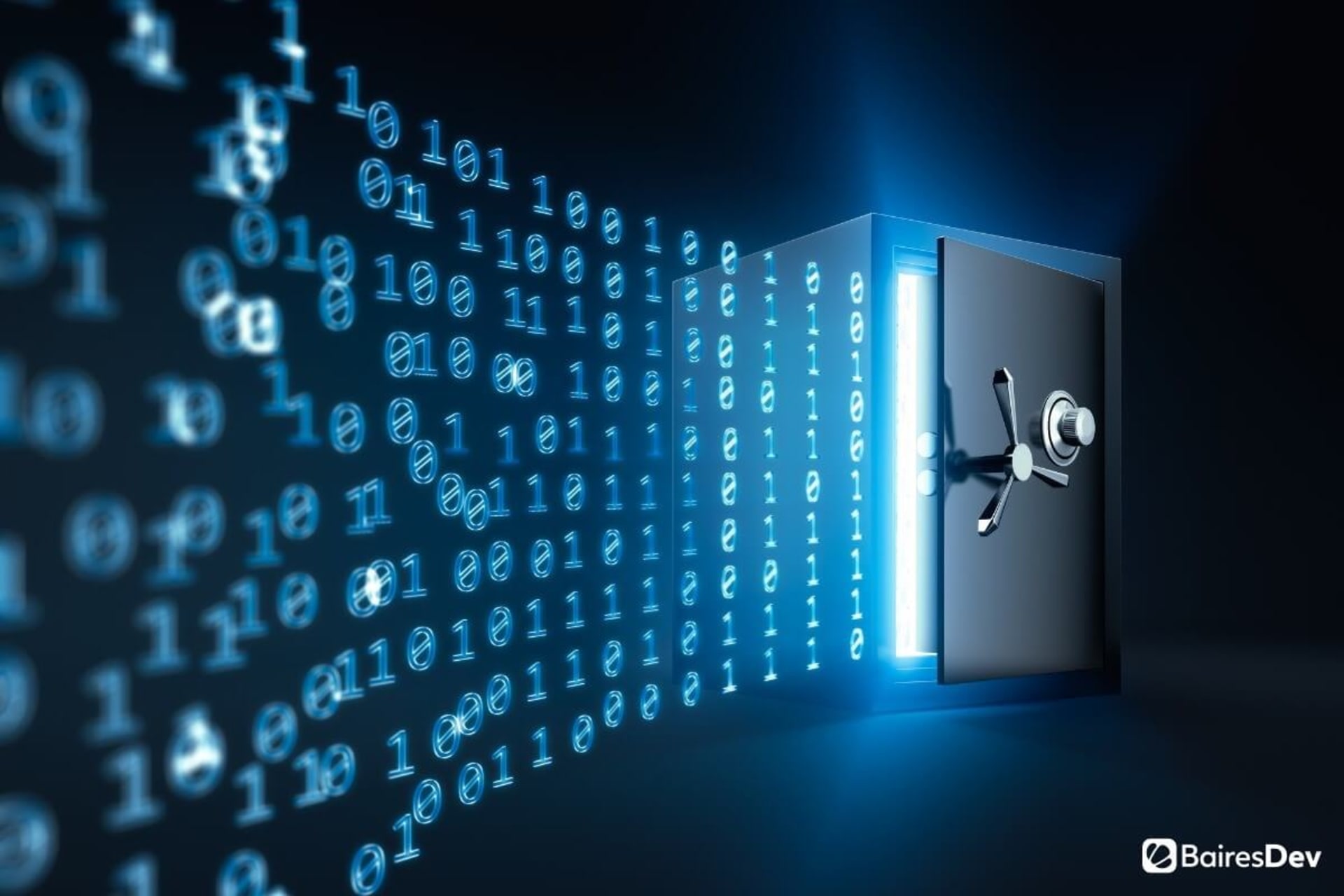These days, code and all its dependencies are often packaged in cumulative modules called containers. That’s because container images are more reliable and agile than their counterparts. Containers run efficiently and can be used for multiple environments if required. However, all these benefits hide an unavoidable challenge: security. How can you keep those containers safe? The answer is container security.
Container security is the culmination of all the different points covering security issues with containers, including the techniques on how to tackle them, the best practices to follow, and the recent changes in security policies. Container security has become so important that every major software development company has embraced it and is now focusing on its best practices to handle vulnerabilities.
That isn’t precisely an easy thing to do. Container images can have many vulnerabilities, such as security bugs, authentication, and access issues, and misconfiguration issues. Tackling all of those potential risks can be tricky, but there are certain resources that can help. For instance, there are certain guidelines set up by NIST. These policies and protocols, if followed correctly, help your organization prepare against any impending threats to your containers. You can also perform independent audits and develop a test baseline before you start your security efforts.
Aside from that, there are certain areas that you should prioritize while focusing on container security to maximize its effectiveness. They include the following.
1. Access
This is one of the most important points for container security. You have to determine who should have access to your containers. However, managing individual accesses yourself can be a time-consuming task, especially if you have lots of users.
That’s why you should consider using the Trusted Platform Model as a way for hardware access or encryption for access. You can also use an RSA token.
To limit access, you should use a role-based assignment for allowing individual access to the registry. You can also use metadata information to automate security and assign value to containers, allowing only specific people to access a particular container.
2. Downloading Containers
Downloading and installing containers is a complex process. Different containers may have different dependencies, along with security implementation. When many containers work on a single machine, they use OS kernels to interact with other containers over networks or memory buses. That multiplies the number of points that hackers can target.
If you want to download a container, make sure that you’re downloading it from a known registry, otherwise, you run the risk of downloading malware. If you are the registry admin, make sure that you have 2FA authentication for your logins, which makes it difficult to corrupt the images. Also, make sure that you frequently update the registry for security and maintenance purposes. This will also ensure that there are no vulnerabilities for phishing and social engineering attacks.
3. Orchestration tools
Orchestration tools help you configure and manage different processes, applications, and services. Businesses use them to automate many tasks that would otherwise require lots of man-hours. You can automate the whole workflow with orchestration tools.
But keep in mind, though, that since they handle such large amounts of workload, they also are at a higher risk of being hacked. To ensure that you don’t have security vulnerabilities from your orchestration tools, you have to regularly update the security features. You should also add encryption algorithms for your saved data and divide it into clusters.
That way, if you need access, you just add a node to the cluster, and if one node is affected, you can just remove it without affecting the rest of the cluster. If hackers compromise one of them, you still save the data that is most important to you.
Additionally, you can segregate orchestration tools for different network traffic depending on the susceptibility of data. The module that handles the data should be managed by a different tool than the one managing the UI interface.
4. OS security
The more containers you have, the more you depend on your OS for accessing them. If the OS isn’t secure, all the containers running on that OS are compromised and susceptible to attacks.
The recommended solution is to use an OS specifically designed for containers. This way, you can customize the OS for additional security. You should also apply security patches and ensure that all containers are updated with them. As an admin, you have to properly manage the architecture for your system.
Ensure that you properly configure your OS. Don’t keep any sensitive data on OS. Ideally, your OS should also not run other dependencies other than the ones required by the container, and it should have notification settings for all updates.
Also, make sure that you have vulnerability management tools on your system (i.e., antivirus for container-specific OS). Ensure that they comply with security-related requirements and set up protocols so that only compliant images can run on the system. The OS should be able to identify malicious or unauthorized images.
Conclusion
Container security is a complex process that requires lots of thinking and strategy. When working on a container, most developers use management tools like Kubernetes or Docker to ensure that their containers are up to specific standards. Simple mistakes like weak passwords, phishing emails, or not using official images can allow hackers to install backdoors in your OS. They can not just gather sensitive information but can also attack and shut down your whole operation.
Most companies now depend on automation for some parts of their container security. Automation reduces the risk of human errors. Deploying through automation allows you to pinpoint image containers with underlying issues, report them, and patch them to create automatic rebuilds in case of already known vulnerabilities. Functions like vulnerability assessment, adding hosts, and updating software should be done via automation to avoid human mistakes.
Security is ever-changing. Every day there are new threats out there that need to be addressed. Monitoring vulnerabilities and adapting your system will go a long way in solving most of the security issues. Before any critical deployment, take all necessary precautions and ensure that your container/system is security compliant. A faulty deployment will create more issues than a delayed one, so be sure to pay special attention to container security.






